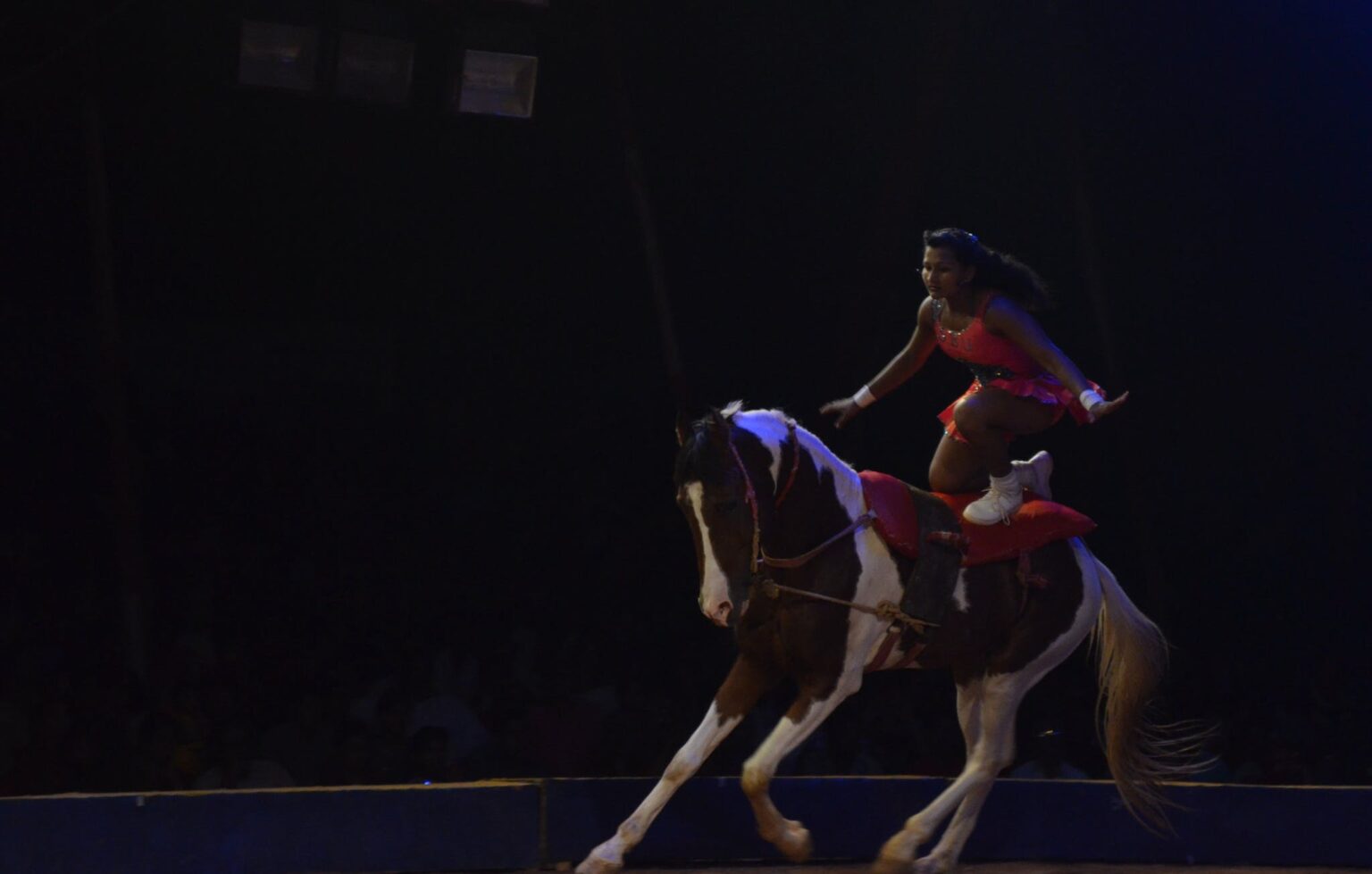How the magical performances inside the circus tent made a deep impression on the author. A new series on ‘Circus Theatre’ every Friday.
In the late 1980s, when I started learning theatre in my School of Drama and Fine Arts at Thrissur or the TSD, I began to dislike circus as an art due to some flimsy reasons. Well, this was also the time when the theatre of roots was seen as the most correct form of theatre. Now, what is ‘theatre of roots’? To begin with, it is considered the most important movement in theatre in the post-independent India, where both budding and established writers and actors took to their roots to build the culture of theatre.
Erin Baker Mee in her dissertation ‘Decolonizing modern Indian theatre: The theatre of roots’, published in 2004, writes: Everyone involved in Indian theatre since the 1960s as been part of it, worked against it, promoted it, criticized it, or felt sidelined because of it. The roots movement began shortly after India’s independence in 1947 when playwrights and directors, to de-colonize their work, turned to their “indigenous” roots in religious ritual, classical dance, popular entertainment, martial arts, and Sanskrit aesthetic theory to see what they could use to create a modern Indian theatre. Thus, the theatre of roots is part of a larger process of de-colonization, and it has both shaped and been shaped by the long and complicated process of nation-building that followed independence.
To give a brief backgrounder, I was born in Jodhpur and spent my childhood in Patna, Guwahati, Thiruvananthapuram, Kochi and Bengaluru due to my father’s transferable job. He was a theatre director and always made sure that his children – my elder sister and I – should see all the performing art forms live in these places. Rajasthan, Bihar and Assam have several types of traditional and folk forms and we enjoyed these thoroughly due to their variety, vitality and vibrancy. Along with these rich regional songs, dances and theatre, we also enjoyed circus shows that was quite prevalent in those days in every State capital that we stayed in. Even though the structural format in these circus tents were similar, the magical ambience and spectacular visuals of the acts left a profound impact on me. I loved the wondrous visuality with lot of strange animals, hilarious jokers and dare devilish feats of their beautiful performers.
Coming back to my life as an undergrad in Thrissur, due to the prominence of theatre of roots, I was apprehensive to even bring up the topic of circus as an art among my friends in TSD because it didn’t have the traditional roots of our country. Here, circus was always seen as a non-political, non-traditional, non-classical and non-aesthetic art. However, the constant fluctuations of liking and disliking of circus in that environment was quite disturbing. For instance, on one hand, its strict discipline, organizational adeptness, precariousness and synchronized linking of items influenced me deeply and on the other its positioning as non-political art form made me dislike it. Perhaps these contradictory thoughts might have formed an idea that someday I will try to build the concept of theatre in a circus tent.
During the third year of my undergrad studies at the TSD, I discovered one fine day that the Great Bombay Circus was in town. I sneaked out to watch a matinee show on a rainy day with one of my batch mates named Jayakumar. (He is no more now.) It had been close to eight years since I had watched a show. So, you can imagine the excitement and curiosity when I got the news that a circus was performing in town.
I did sit through the shows and acts. However, for some strange reason, it wasn’t the same experience watching the circus as it was when we were kids. This time, possibly for the first time, as an adult, I could fathom the behind-the-screen struggles of the crew – the poverty, hard work, cruelty to animals, child labour and inhuman physical training conditions in the circus camp and, worst of all, most of the young performing girls were wearing cabaret costumes that were trending in the 1980s – bikinis exhibiting lot of flesh in their almost nude sparkling costumes. I realized, at the age of 19, that most of the circus audiences perhaps came to see the girls and not really for their mesmerizing performance. For a while, I forgot that they were performing dangerous and risky items. That day, it was raining heavily and there weren’t many takers for the show. Despite the poor turnout, the performers continued to conjure up a great show.
Write to us at editor@indiaartreview.com

